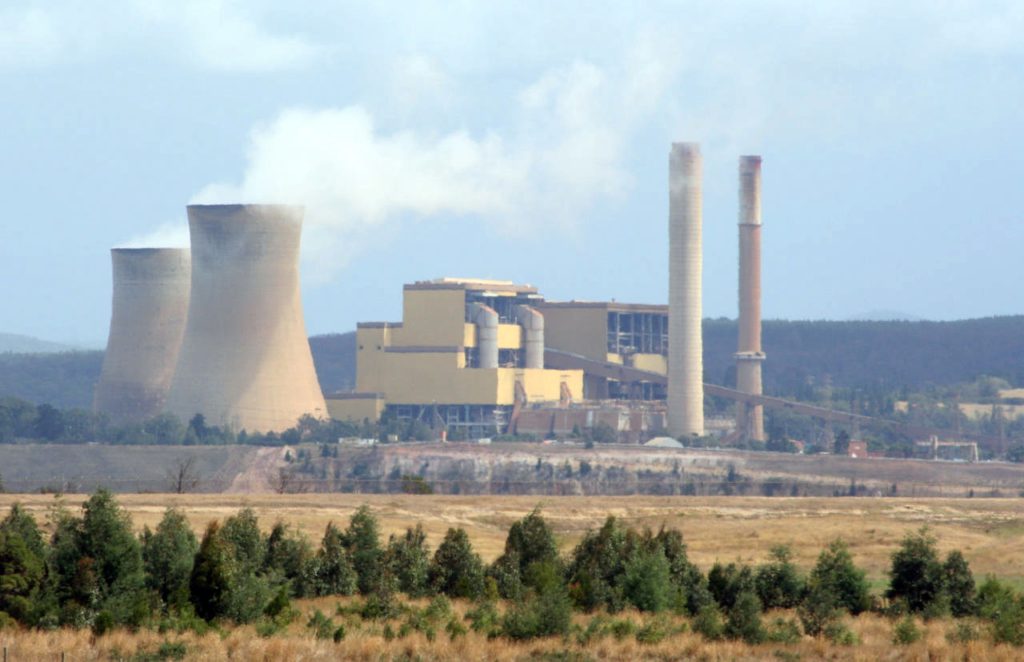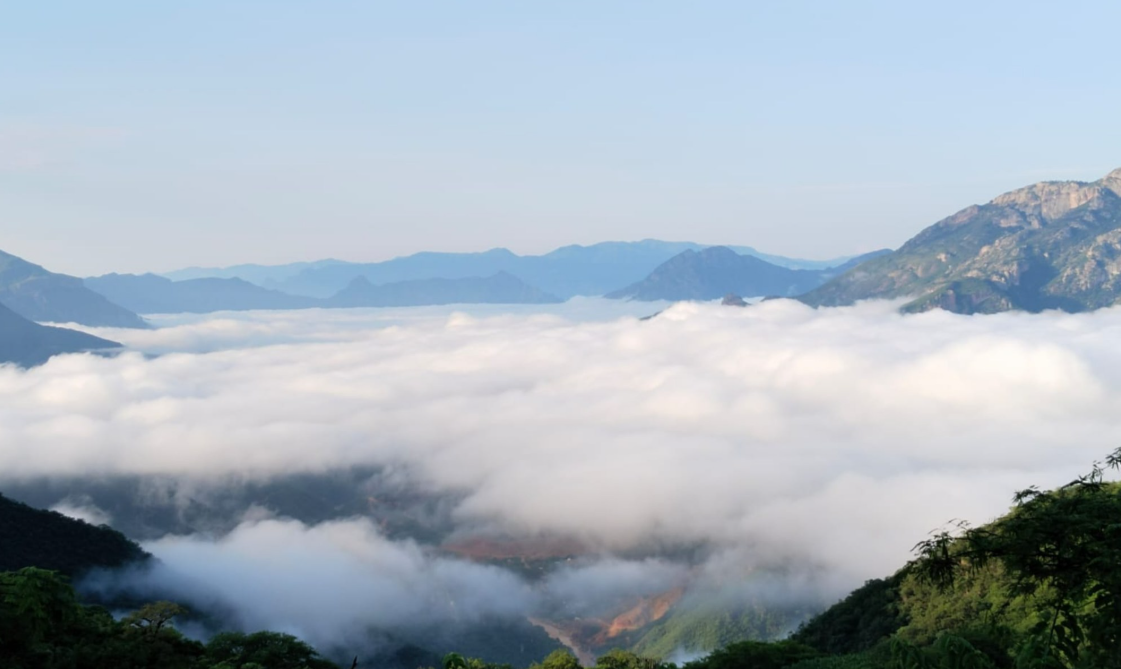How the energy market buckled in a fossil fuel superpower

The failure of one of the world’s most sophisticated power markets this week in Australia has set alarms ringing over the challenge faced even by developed nations in managing and regulating the energy transition.
To deal with what Australia’s energy minister called a “perfect storm” of disrupting factors, the electricity market regulator took the unprecedented step on Wednesday of halting spot power trading in all regions of the National Electricity Market and instructing generators to supply enough power at regulated prices.
That’s a surprising move for a nation that has more than enough generating capacity and is one of the world’s biggest exporters of coal and natural gas. It’s also a warning to the nation’s new government of potential difficulties ahead in reducing dependence on coal power to meet ambitious targets for renewable energy. Around one third of the nation’s coal-fired capacity was offline when prices spiked this week.
Several factors combined to set the scene for the market failure. A cold snap at the start of the Australian winter, breakdowns at aging power plants and high global prices of coal and natural gas due to Russia’s invasion of Ukraine all contributed to a spike in demand and a shortage of supply.
The Australian Energy Market Operator, responsible for the smooth operation of a grid of about 40,000 kilometers (25,000 miles) of transmission lines connecting some 9 million customers, said it had become impossible to continue operating the market while ensuring a secure and reliable electricity supply.
It’s not the first time this year that market operators have been criticized for intervening to try to stop extreme price changes. The London Metal Exchange came under fire after it suspended its nickel market on March 8 and canceled $3.9 billion of trades after a squeeze centered around a short position held by nickel tycoon Xiang Guangda.
In Australia’s power market, generators bid to sell electricity into five-minute windows, with the price established by the highest-cost bid. That tends to be from a gas-fired generator, whose costs are typically greater than from coal or renewables.
As the global price of natural gas rose, so did the bid prices of the generators, eventually triggering the price cap. At that point, gas-fired generators said they would lose money by supplying power. AEMO disputed the claims, saying mechanisms are in place to ensure all costs are met, and ordered generators to turn on 5 gigawatts of capacity, about 20% of the total available.
“There was a bit of gaming going on of the system, which is why AEMO used its tools at its disposal to intervene,” said Prime Minister Anthony Albanese, who came to power last month in an election focused on climate change. “We haven’t had the investment. We haven’t had the grid effects. And as a result, we have problems with the energy system,” Albanese said in an interview with ABC News on Friday.
For now, the intervention in the power market seems to be working. AEMO says generation availability has improved and there will be sufficient supply to meet forecast demand over the weekend.
But the hiatus in trading indicates that a more versatile system may be needed as Australia faces the monumental task of switching to clean energy. Albanese’s Labor party last year said it would invest A$20 billion ($14 billion) to urgently upgrade the electricity grid so it can handle more renewable power.
Sarah McNamara, the head of the Australian Energy Council, a lobby group for power generators, said the NEM needs repairs but isn’t broken. The automatic price cap mechanism is 30 years old and outdated, reflecting a time when global energy shortages such as those being witnessed at the moment weren’t anticipated, she said.
“The problem is that the automatic price cap is interfering with the market doing its job,” she said in a statement. The cap either needs to be removed or increased in value, she said, or an agreement is needed on defining the emergency conditions that would allow the regulator to control all power generation.
With many of the coal plants that formed the backbone of Australia’s generation scheduled to retire over the next decade or so, the market may become more volatile as the share of renewable energy rises to meet the ambitious climate targets that the new government confirmed this week.
“We know that the cheapest form of new energy is clean energy,” Albanese said Friday. “We need to make sure that we get that investment, that we have battery storage, that we ensure that the transmission grid is built up for the 21st century.”
(By Rob Verdonck, with assistance from Ben Westcott)
{{ commodity.name }}
{{ post.title }}
{{ post.date }}

Comments